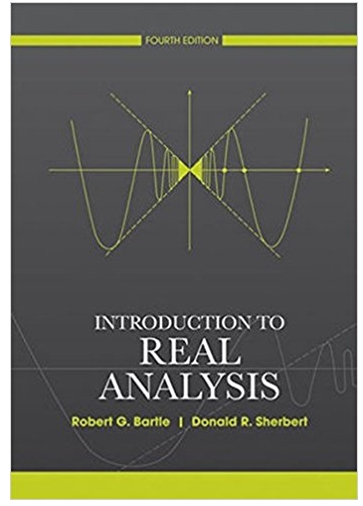Question
Transformations can be thought of as functions that take the points from one object (the pre-image) to the corresponding points on another object (the image).In
Transformations can be thought of as functions that take the points from one object (the pre-image) to the corresponding points on another object (the image).In the unit, you saw examples of how algebra can be used to rewrite the coordinates of points after they have been transformed.You can also use function notation to rewrite the coordinates.For example, these statements show several different ways you can use function notation for the translation,T, of a point 6 units in the positivex-direction:
- T(x, y) = (x + 6, y)
- T:(x, y) = (x + 6, y)
- T<6, 0>(x, y) = (x + 6, y)
- T6, 0(x, y) = (x + 6, y)
Part A
Write functions for each of the following transformations using function notation.Choose a different letter to represent each function.For example, you can useRto represent rotations.Assume that a positive rotation occurs in the counterclockwise direction.
- translation ofaunits to the right andbunits up
- reflection across they-axis
- reflection across thex-axis
- rotation of 90 degrees counterclockwise about the origin, pointO
- rotation of 180 degrees counterclockwise about the origin, pointO
- rotation of 270 degrees counterclockwise about the origin, pointO
Part B
How do these functions differ from functions you have used in algebra in the past?
Part C
In the same way that other functions can be combined, a series of transformations can be combined into a single function.For example, this statement for the functionSshows one way to represent the rotation of a point 270 counterclockwise about the origin followed by a translation 3 units to the left and 1 unit up:S(270, O)/<-3,1>(x, y) = (y - 3, -x + 1).
Write function to represent each series of transformations:
- rotation of 90 degrees counterclockwise about the origin, pointO, then a reflection across thex-axis
- reflection across they-axis, then a translationaunits to the right andbunits up
- translationaunits to the right andbunits up, then a rotation of 180 degrees counterclockwise about the origin, then a reflection across they-axis
Step by Step Solution
There are 3 Steps involved in it
Step: 1

Get Instant Access to Expert-Tailored Solutions
See step-by-step solutions with expert insights and AI powered tools for academic success
Step: 2

Step: 3

Ace Your Homework with AI
Get the answers you need in no time with our AI-driven, step-by-step assistance
Get Started


